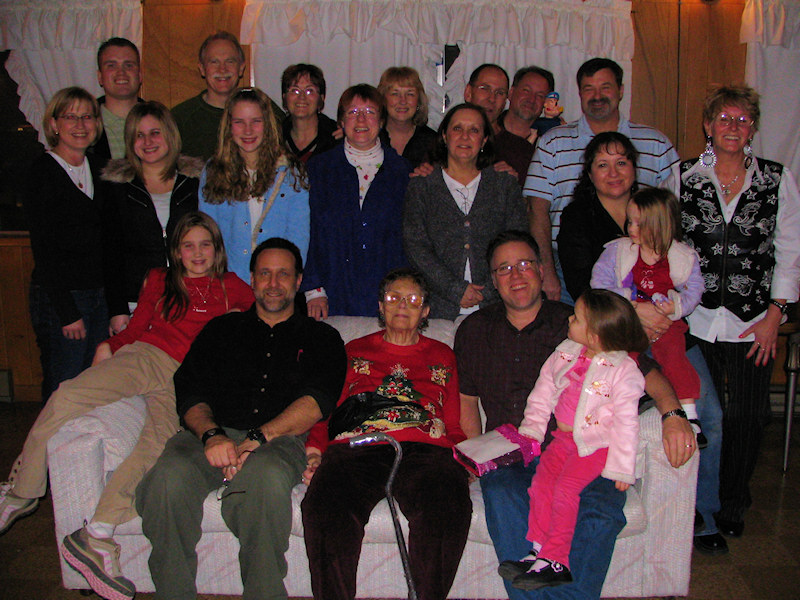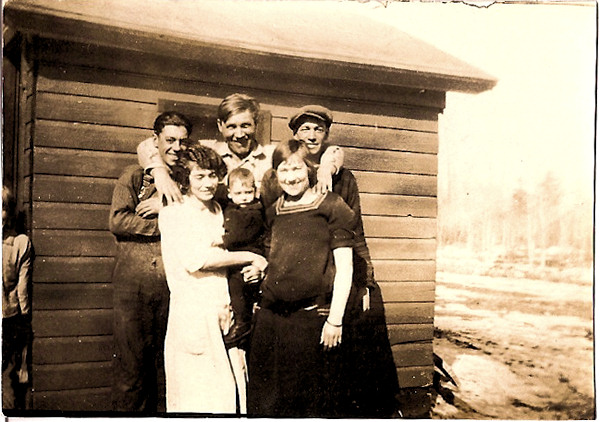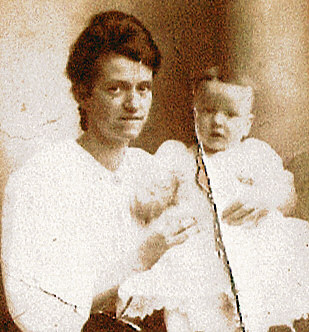The New England Historic Genealogical Society’s Dr. Edwin Knights offers “Confronted With Cancer”, a great look into using your family tree to trace cancer in your family.
Is there cancer in you family’s medical pedigree? And if so, how are you going to find it? From death certificates? Obituaries? Perhaps they will help, but death certificates were established as public health documents, not for the enlightenment of genealogists, so don’t get your hopes too high! It may take some real detective work, but it’s certainly worth the try. So let’s get out your family pedigree chart and see how we succeed. Let’s begin with the most recent generations.
We know that cancer is a problem today in all the developed countries around the world. Thanks to the National Health Institute (NIH) and the American Cancer Society (ACS) we can study the statistics, see the trends, and decide where to focus our efforts. If you know of any cancers in the youngest generation, enter them now. If there was a cancer death, be sure to record the date, of course, but also keep a record of any “incidental” cancer cases — those which might have contributed to death or just be an incidental finding. As one out of every four deaths in the United States is from cancer, the odds are pretty strong that it won’t be long before you’ve noted some cases. If you do, be sure to note the estimated date of ONSET, or at least when it was first suspected or diagnosed.
Part of my recent research into our family tree involved tracking why people died, but while it occured to me, the process of tracking down illnesses that didn’t kill people immediately, like some cancers, would be harder information to find.
As is typical with such illnesses, Dr. Knights recommends getting information from living relatives. But this only gets you as far as the last two to four generations. No one is alive who remembers what happened to great-great-great grandmother.
Death certificates only list the cause of death, and sometimes they just didn’t know. It would list heart failure, but maybe it was a cancer or disease that caused the heart to give out.
Dr. Knights gives examples of the most common forms of cancer historically in the United States, but who knows what was really going on in the early 1800s to our ancestors.
A surprising statistic he offered was about children:
It may surprise you to learn that in children, cancer is the second leading cause of death between ages 1-14 in the U.S., with accidents causing the most fatalities. The diseases affecting children are much different than those in adults; lymphocytic and other leukemias are the most common, followed by tumors of the nervous system, lymphomas, soft-tissue lesions and tumors of the kidneys.
If this statistic is true, maybe the death of so many young in our past wasn’t just related to accidents and disease.
Makes you wonder, doesn’t it?
So gather what medical information you can today to create a record for your descendants.
Most Recent Articles by Lorelle VanFossen
- The Myths and Mysteries and Hunt for Nicholas Knapp
- The Perpetual Calendar
- GenSmarts: Reminder to Not Assume
- Gensmarts Saves Your Family History Research Life
- Digging Through Historical Newspapers Online





